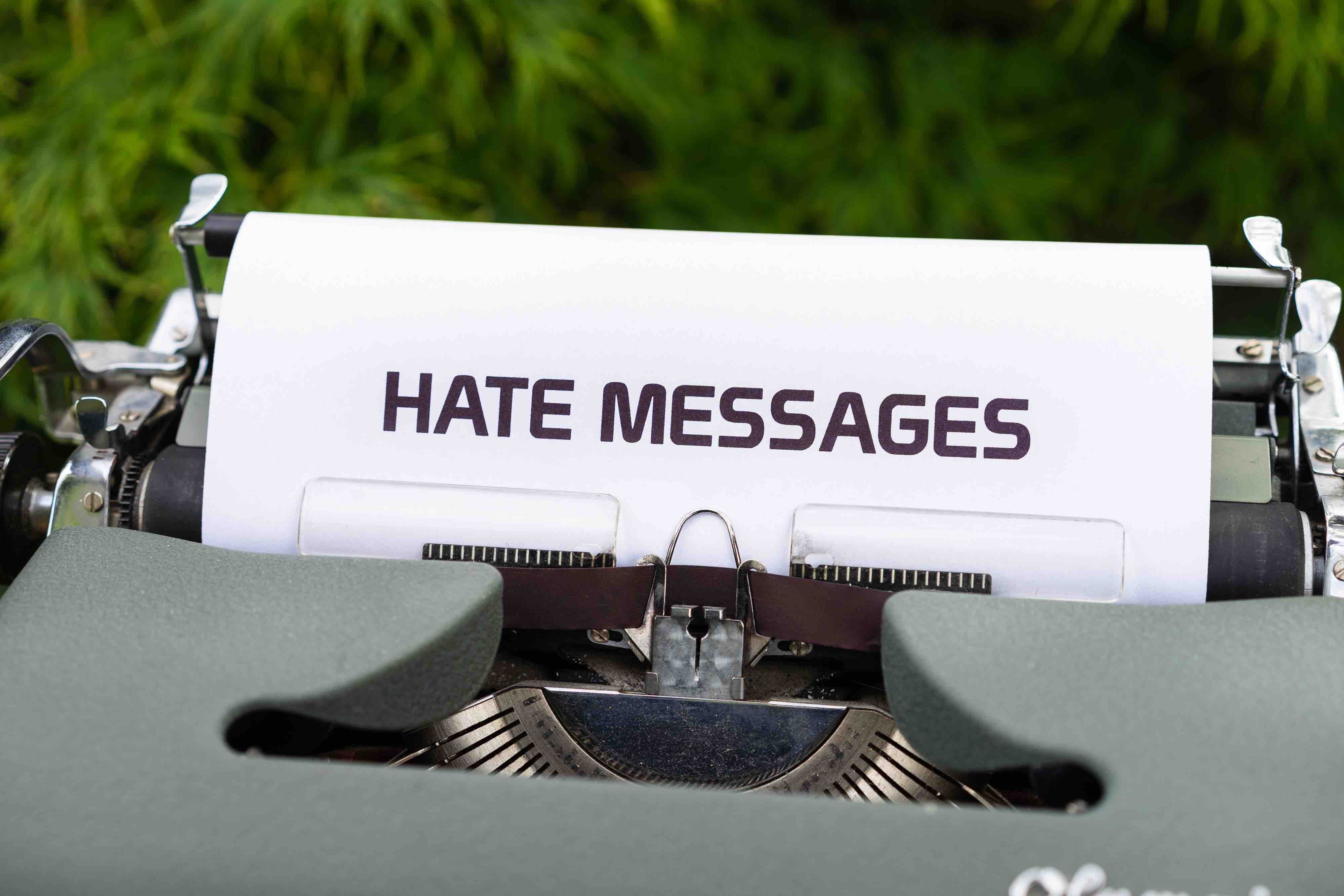Stop in Your Tracks: Understanding the Power of a Cease and Desist Letter
31 Jan 2023
31 Dec 2020
min read

What do you do when you want someone to stop engaging in a certain activity that is harming your business? You could certainly file a lawsuit – but given how expensive legal fees are and how drawn out the legal process can get; this might not be the best solution. A cheaper and more efficient solution would be to draft and send a cease-and-desist letter. A cease-and-desist letter is a letter that demands someone to stop their harmful action; while it is backed by the threat of legal action, it does not have legal effect in and of itself. Here is everything you need to know about cease-and-desist letters.

What is a cease-and-desist letter?
A cease-and-desist letter is a formal notice used to ask the recipient, which can be an individual or entity, to stop (cease) doing and refrain (desist) from certain specified acts, or activities, which violate the sender’s legal rights.
When are a person’s rights violated?
Cease and Desist letters are commonly used when a person’s rights are violated. A person’s rights are violated when someone fails to do something they were supposed/obligated to do, or when someone does something they are not supposed to do.
An example of the former is where a manufacturer fails to deliver goods in breach of a contract. Here, the manufacturer fails to deliver the goods to the customer under the terms of his contract.
Examples of the latter include making defamatory comments, infringing intellectual property rights, or harassment.
Why use a cease-and-desist letter?
Cease and desist letters are used to inform the recipient that they have or are violating the rights of the sender and request that the recipient stops that certain action. It is usually also backed by the threat of legal action against the recipient if he/she fails to stop doing the acts in the timeframe specified in the letter.
The crucial point of a cease-and-desist letter is that it does not involve any legal action. The sender does not commence or initiate litigation by sending a cease-and-desist letter. Sending the cease-and-desist letter therefore should be used before litigation in resolving a dispute or stopping unwanted behaviour.
People often use cease-and-desist letters to avoid litigation as litigation is expensive, time-consuming, and damaging to both parties. Often, both parties to a dispute prefer to avoid litigation to resolve the dispute. A cease-and-desist letter can resolve any dispute at hand by trying to get the recipient to stop making the specified infringements ever again without any litigation and the costs associated with it.
Who can a cease-and-desist letter be sent to?
A cease-and-desist letter can be sent to both individuals and entities who have breached your legal rights.

Who can write a cease-and-desist letter? Do I need an attorney to write a cease and desist letter?
No, you do not need an attorney or qualified professional to write a cease-and-desist letter. Cease-and-desist letters can be written by anyone. There is no requirement, statute, or regulation requiring that it should be written by an attorney.
What should a cease-and-desist letter include?
A cease-and-desist letter should include the following information:
-
The name and contact information of the sender
-
The recipient’s name and information
-
Subject line
-
Reason for the letter (eg: the specific activity which is in breach of the sender’s rights)
-
The rights of the sender that are being infringed by the recipient’s activities
-
A warning that the recipient should cease the activity immediately or be subject to legal proceedings
-
A requirement that the recipient respond within a specific timeframe to refute or accept the claim
A cease-and-desist letter should be written professionally - slang or foul language should be avoided at all costs. The letter should also be concise, only including facts (rather than opinions) and relevant information which pertains to the issue at hand.
Is a cease-and-desist letter legally enforceable?
As we clarified earlier, no, a cease-and-desist letter is not legally enforceable. This is because a cease-and-desist letter is not a contract between the parties and therefore has no legal effect.
The result of this is that non-compliance by the recipient with the sender’s demands does not result in liability for the recipient. This is not to say that cease-and-desist has no use. If the recipient does not comply with the demands made in the cease-and-desist letter, the sender may pursue formal legal action through litigation, which results in legally enforceable orders and judgments.
If a sender of a cease-and-desist letter successfully sues the recipient, the court may issue an injunction. An injunction is an order which requires a party to refrain from doing something. In this case, the injunction would require the recipient to stop violating the rights of the sender.
Injunctions are legally enforceable. Non-compliance with the injunction will result in the recipient having to pay damages or be subject to criminal charges for contempt of court.

When should a cease-and-desist letter be used?
Cease and desist letters can be issued to deal with many situations. Here are some of the most common instances in which cease-and-desist letters are used:
1. Intellectual Property (IP) right infringement
Businesses often have valuable intellectual property– copyright, trademarks, or patents – which help them stand out in the market.
Ownership of IP gives the business the right to use it to the exclusion of others. So, when someone uses the business’s IP without consent, this amounts to a breach of their IP rights.
Sending a cease-and-desist letter would help protect IP rights. The business would have to clearly state what the recipient is doing to infringe their IP, the specific IP they are infringing and what action (normally litigation) they will pursue if the recipient does not cease the infringement.
TEMPLATES:
We have comprehensive cease-and-desist letter templates for handling disputes relating to breach of rights associated with different types of intellectual property different types including trademarks, copyrights, and patents. You can find cease and desist letter templates which vary depending on which type of intellectual property they are suitable for:
-
Trademark Infringement
You can find it here.
-
Copyright infringement
You can find it here.
-
Patent infringement
You can find it here.
2. Debt collection agencies
If you’re being bombarded with calls and emails from debt collection agencies, a cease-and-desist letter can be used to get them to stop harassing you.
Many jurisdictions have legislation that governs how debt collection agencies must act. In the USA, for example, the legislation which governs this is the Federal Fair Debt Collection Practices Act.
Cease-and-desist letters used in this context would urge them to stop contacting you or risk being reported to the authorities for breaking the law.
TEMPLATES:
We have created comprehensive cease-and-desist letter templates for handling disputes relating to harassment from debt-collection agencies.
You can find our template here.
3. Harassment
A cease-and-desist letter can help deal with harassment by demanding the inappropriate behaviour cease.
Putting an end to sexual harassment, workplace harassment, stalking, or cyberbullying, can be difficult. A cease-and-desist letter is therefore often the first step people take to stopping harassment.
To decide whether a cease-and-desist letter is the best first step to take in confronting your harasser, you should use your best judgment. If sending the letter is likely to fuel the harasser and lead to even more harassment, you might not want to send it and might choose to pursue litigation directly instead.
TEMPLATES:
DocPro has comprehensive cease-and-desist letter templates for handling disputes relating to different forms of harassment. You can find them here:
-
Sexual Harassment
You can find it here.
-
Workplace Harassment/Discrimination
You can find it here.
-
Bullying/Stalking/Cyber-bullying/Cyber-stalking
You can find it here.

4. Defamation
Defamation is the act of making false comments/communication about a person which degrades or harms their reputation. Defamation usually constitutes a tort or criminal offence.
There are two forms of defamation that one can be sued for: libel and slander.
Libel refers to defamation of a person through writing. This means that it involves defamation through published written statements.
Slander refers to defamation of a person through speech.
A cease-and-desist letter can be used to make a recipient retract a defamatory statement, whether slanderous or libellous. The letter should clearly state the defamatory statement at issue, the reasons as to why it is false, and the damage your business has suffered as a result. The deadline for retracting the statement before legal action is commenced should also be specified.
TEMPLATES:
We have created comprehensive cease-and-desist letter templates which handle disputes relating to slander and libel. You can find templates varying depending on the type of defamation at issue below:
-
Defamation of character/slander/libel
You can find it here.
-
Defamation of company
You can find it here.
How can a cease-and-desist letter be sent?
A cease-and-desist letter can be sent like any regular letter, including via:
-
Email
-
Fax
-
Standard post
-
Certified post
-
In-person delivery accompanied by the signature of the recipient affirming receipt
-
Use a legal process server to deliver the letter for you
It is best to choose a method where you can prove that the recipient received the letter. This will ensure that if the recipient argues that the cease-and-desist was not delivered to them properly, you can defeat their claim.
For this reason, it is most common to find cease-and-desist letters being sent using certified posts. Sending through certified post results in the sender receiving a certificate of posting, which can serve as evidence.

How might a recipient respond to a cease-and-desist letter?
1. Non-response/Ignore
If a reasonable period has passed for the recipient to respond and comply with your request and they have failed to do so, or they have ignored your request completely, you may begin deciding whether you want to pursue legal action.
A ‘reasonable’ timeframe requires the consideration of factors such as:
(a) The method used to deliver the letter
Certain methods deliver the letter to the recipient faster than others. For example, an email will take a few seconds to deliver whereas postal services take a few days for delivery.
(b) The action or behaviour at issue
Certain infringements are more difficult to rectify than others. For example, if a person has designed a product in breach of your intellectual property rights and has already started selling it in stores across the country, it will take them a long time to ensure that all shops in the country stop selling the products.
(c) Time for the recipient to respond
You should ensure that the recipient has adequate time to respond to your letter. In determining how much time is adequate, you might consider the method the receiver is likely to use to send their acknowledgment or reply.
2. Demanding more or detailed evidence of how the acts infringe any rights
A recipient may use this tactic to try to gauge how strong the sender’s evidence and the overall case are against him. Upon receiving this information, the recipient can determine how to proceed: whether to cease or continue business as normal.
Recipients who respond in this way are usually sensitive to the allegations and aware of the risks associated with potential infringement.
3. Admitting to infringement and agreeing to take action to rectify the situation in hope of avoiding liability
This is the best-case scenario as the recipient will stop violating your rights, meaning that you do not have to commence litigation. Both parties reap the benefits of avoiding litigation and save considerable time and money.
This response is usually made by people who have unknowingly infringed the rights of the sender. As such, upon receipt, they will take swift action to stop the activity causing the infringement in the hope that they will be exempt from liability for the infringement.
Please note that this is a general summary of the position under common law and does not constitute legal advice. As the laws of each jurisdiction may be different, you may wish to consult your lawyer.
Keywords:
